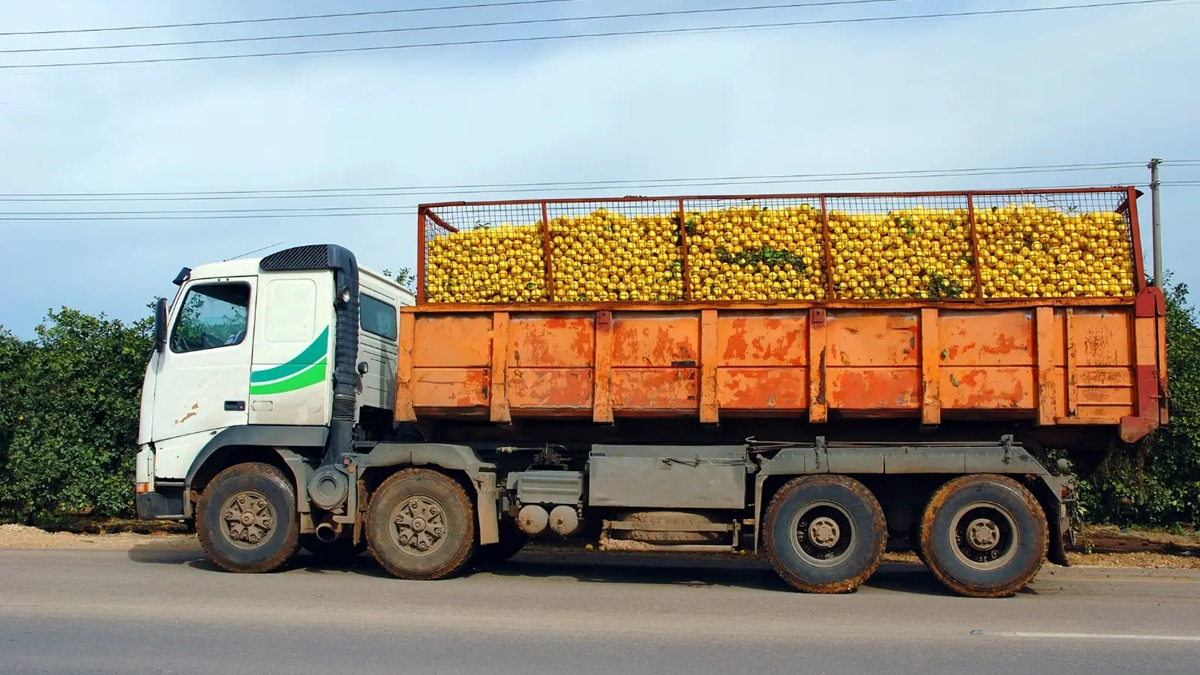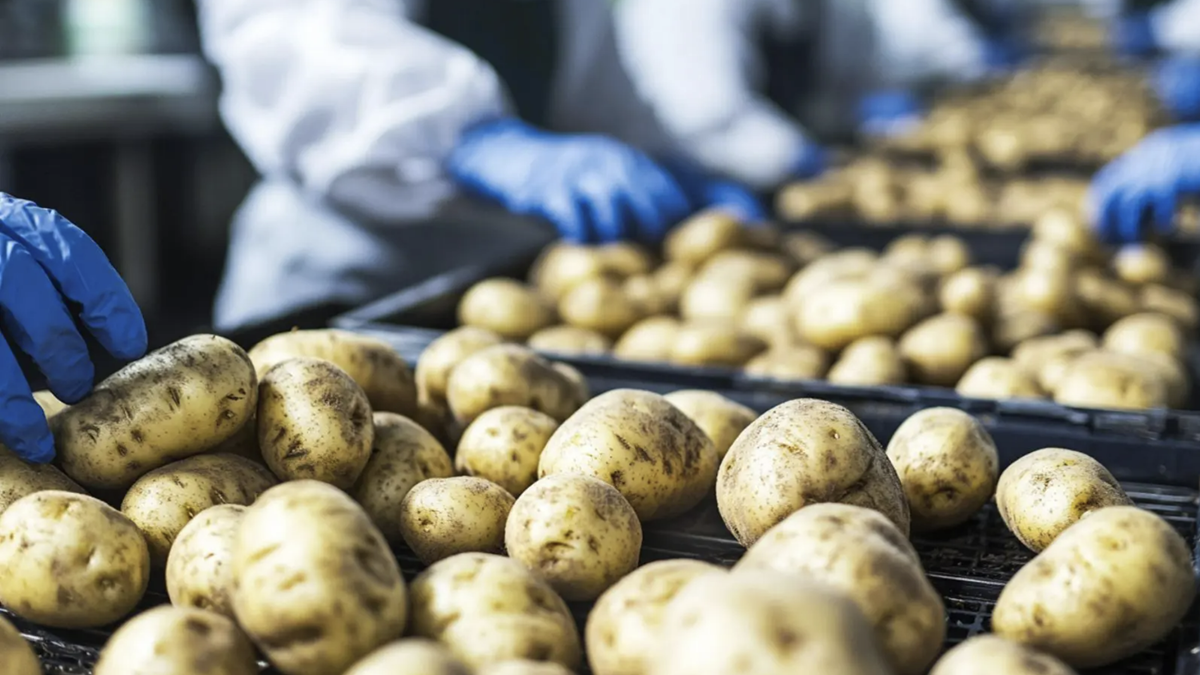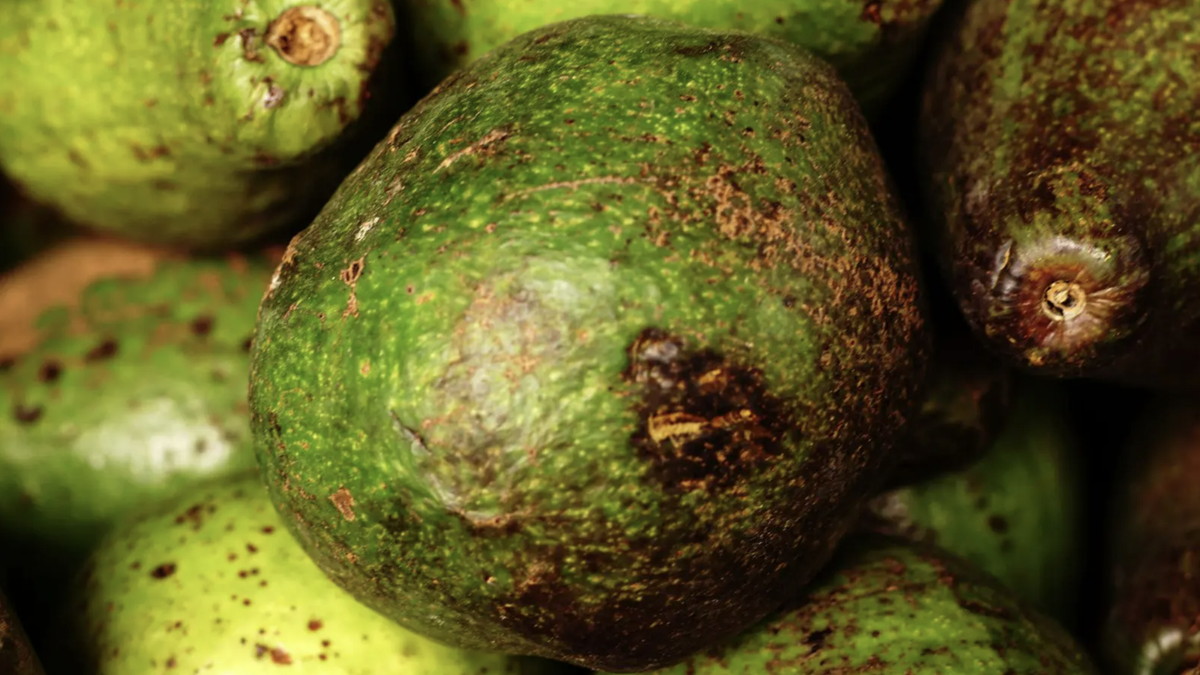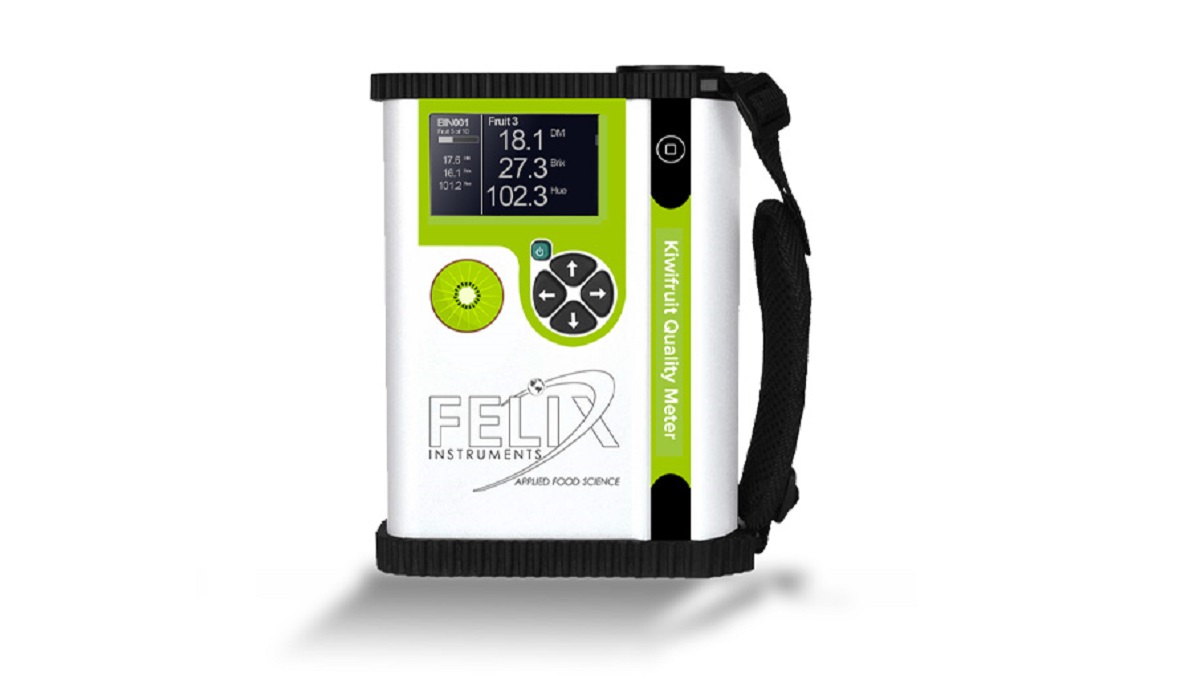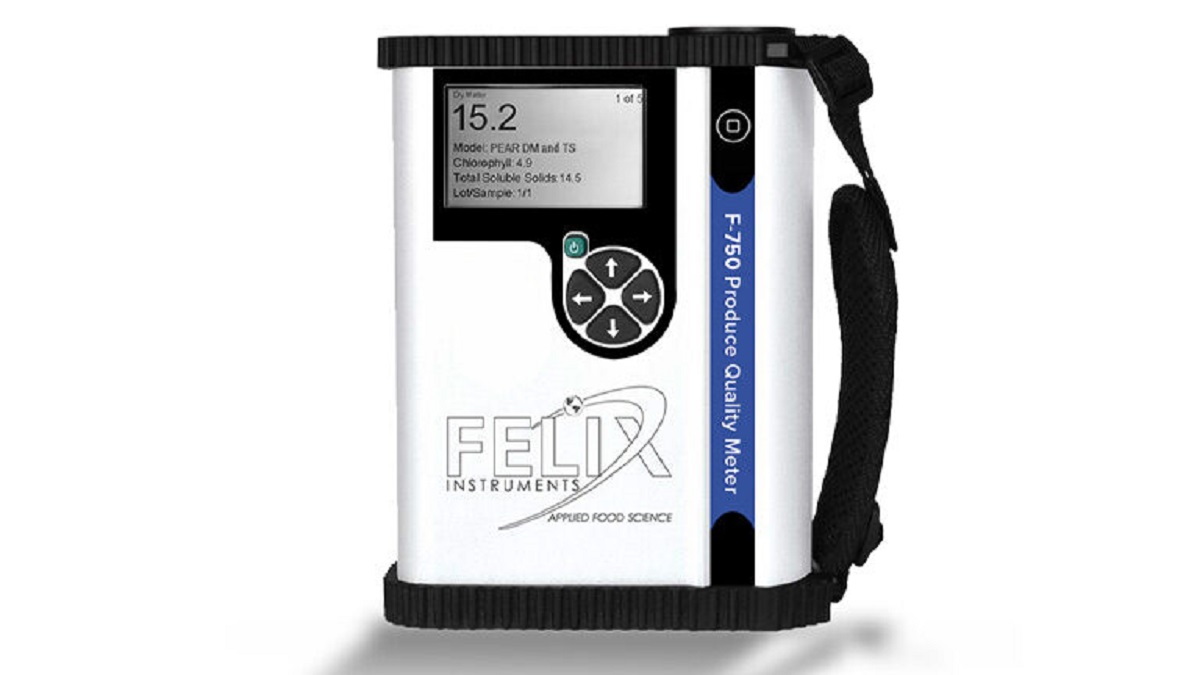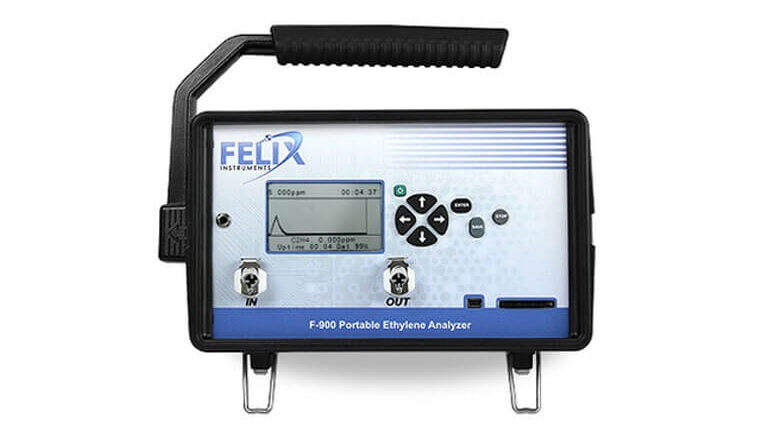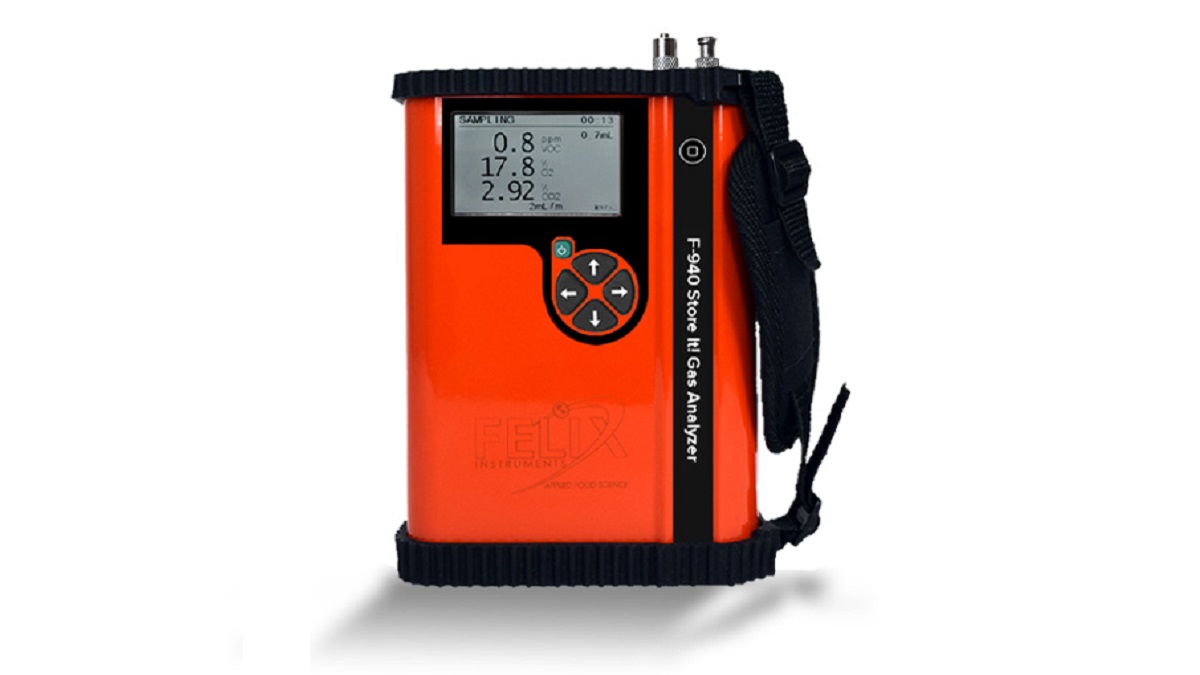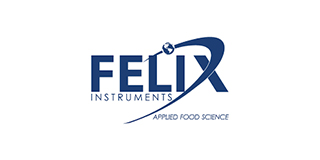

Felix Instruments
Measurements
How to Improve Fresh Produce Supply Chain Risk Management for Better Food Safety
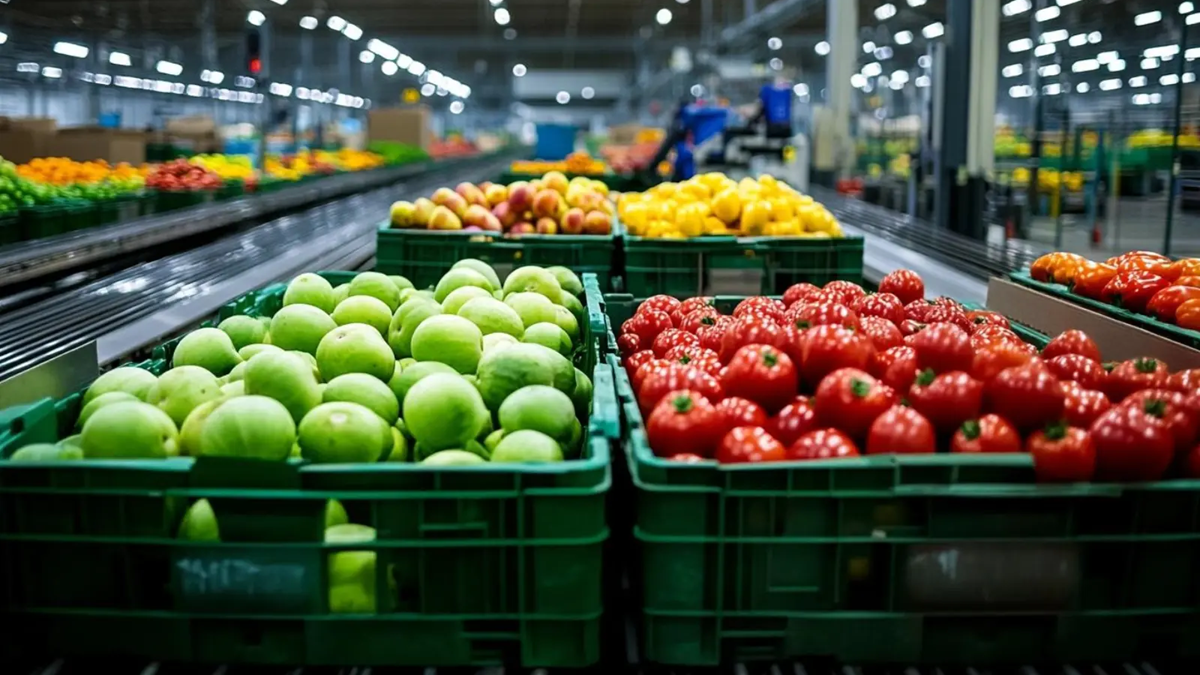
Agribusiness is crucial for food supplies and the world economy. Yet risk assessments in the fresh food supply chain have been few and far between. The fresh produce sector is more risk-prone among food due to perishability, seasonality, supply spikes, and extended supply lead times. So, what do we know about Fresh Produce Supply Chain Risk Management? Find out in this article.
Supply Chain Risk Management
Supply chain risk management is becoming a research focus because, due to globalization, supply chains are getting longer and more complex, increasing exposure to risks.
Risk management involves identifying, analyzing, and deciding whether to accept or mitigate risks. The first step in mitigating risks is identifying and assessing the supply chain risk level (RL).
Fresh Produce Supply Chain Risk Management
Food supply chains are more complicated than other manufacturing chains due to perishability, extended supply lead times, seasonality, and supply spikes. As income and living standards improve, consumers’ demand for fresh, safe, and quality fresh produce, many of international origin, is growing. Though there has been a conscious decision to buy local food, global supply chains for fresh produce are here to stay.
It is essential to identify risk sources and levels to reduce risks in the fresh produce supply chain, as in other products.
Risk identification and classification in the food supply chain can differ based on context. Some approaches are as follows:
- Broad classification as intentional and unintentional risks.
- Risks are grouped as internal (process and control), external (demand and supply), and environmental risks.
- Risks in coordinating supply (low quality, hot weather, delivery failure, etc.) and demand (season food imbalance and new competitors) and disruptions.
- Categorizing risks as Type 1 risks (food safety and secure supply) and Type 2 risks that affect the supply chain (flooding, loss of power, transportation strikes, etc.)
For proper mitigation, risk levels at the entire supply chain level, individual factors, and their contribution to overall risk must be assessed.
Risk Identification and Assessment
The fresh food supply chain involves farmers, handlers, wholesalers, processors, and retailers before food reaches the end consumers.
An Australian case study by Nakandala et al. (2016) contacted managers of various fresh food retailers with globalized food sources. The risks in such cases can be economical, legislative, and geographical. The managers identified three types of risks- macro, operational, and internal.

Figure 1: “Category of supply chain risk,” Nakandala et al. (2016). (Image credits: http://dx.doi.org/10.1080/00207543.2016.1267413)
Macro-level risks
The macro-level risks identified are external and might be faced by any stakeholder. These risks can be natural and artificial, as listed below.
- Natural disaster: Extreme weather events like storms and floods can affect all stakeholders, from farmers to retailers, by delaying supply. For example, during Hurricane Katrina, Walmart shut down 126 stores. These risks can be resolved without government intervention.
- Diseases: Food can be lost due to diseases and pests preharvest and postharvest. During the postharvest stages, disease outbreaks can be connected to the environment and conditions in the logistics facilities. On the farm, diseases and pests are standard biotic stressors that can affect the yield and quality of produce.
- Government regulations: The governments can change food safety standards, which producers must adopt to continue business. Global supply chains must comply with local, national, and export nations’ regulations and food standards. The regulations frequently change to incorporate increasing sustainability and food loss concerns, especially in global supply chains.
- Labor strikes: Strikes can disrupt demand and supply chains and affect more than one stakeholder, such as truck drivers’ strikes. For fresh produce, strikes can result in food quality and yield losses due to their perishable nature.
Operational risks
Operational risks are external to the firm and occur due to unplanned events, covering supply and demand risks. It can cause disruptions in the normal movement of information, goods, and services. Aspects classified as operational risks are as follows:
- Volatile demand: Uncertainty and volatility in demand can lead to misinformation. A retailer’s incorrect demand forecast can lead to a ‘bullwhip effect.’ Small changes in demands at the retail end become amplified at each stage along the supply line downstream. It leads to excess inventory and overproduction, significantly losing perishable food products and revenue.
- Customer tastes change: Consumers increasingly demand good-quality, safe, and nutritious food. Demand for products can vary, and the supply chain needs to avoid potential risks to provide safe, fresh, high-quality vegetables and fruits. To meet consumer demands, all stakeholders in the supply chain must change their product profiles and logistics conditions.
- Supply quality risk: Fresh produce suffers the highest food loss between farm and retailer, as they are perishable and susceptible to diseases and pests at the farm and postharvest stages. Unsafe food products are the number one risk factor for supply chains.
- Supplier delivery delay: Any delay can lead to a loss of supply because fresh produce has a short shelf life. Hence, macro-level factors like strikes, pests, or natural disasters can cause problems.
Internal risks
Internal risks include aspects inside the firm, such as its processes and control mechanisms.
- Internal operations risk: Stakeholders can have internal operations disruptions due to their infrastructure, internal assets, or supporting technical information from knowledge partners, resulting in food quality problems.
- Excessive inventory: Incorrect planning can lead to excessive inventory, resulting in unsold fresh produce that can perish.
- Control mechanisms: Control activities by a business aimed to keep products and processes within acceptable standards. The activities can include monitoring systems, intervention, and prevention measures to ensure food quality and safety. Companies can have assurance activities to provide evidence and confidence in control activities.
After identifying and assessing risks, stakeholders must mitigate or manage supply chain risks.
Fresh Produce Supply Chain Risk Management
Many studies have identified food safety as the primary goal of risk management exercise. Food safety is an issue because of non-compliance to chemical residues from pesticides and fumigants, etc., or due to pathogens.
The supply chain must be managed to minimize the impact of unsafe food on people’s health and ROI. In the US, around 76 million food poisoning incidents are reported each year, leading to 5,000 deaths. The economic cost of unsafe food is over $35 billion. These concerns increase as supply chains become global.
Logistic Facilities
The fresh produce supply chain includes harvesting, grading, sorting, packing, processing, storage, and transportation. Specific technical and logistic requirements must be met to reduce risks like temperature, humidity, and controlled atmosphere. The sophistication of the logistic facilities and the number of factors that must be controlled, especially during the postharvest phase, can be crucial for food safety and quality.
- Low-risk logistic facilities have strictly controlled conditions and are often adapted for specific fresh produce species.
- High-risk facilities have uncontrolled conditions during storage and transport. Fresh produce remains in ambient conditions, including inadequate facilities, temperature, and handling damage, impacting food quality. The risk increases as control decreases.
The facility can be at low risk when fewer conditions must be controlled for pathogens. However, risk again rises when many factors must be controlled.
Controlled Atmospheres
Factors such as temperature, humidity, ethylene, oxygen, and carbon dioxide must be controlled to prevent spoilage and maintain food safety and quality. These commodities need controlled atmosphere facilities and active packaging that will strictly regulate the environmental factors to keep food safe and fresh. However, not all commodities need the same level of control, so risk will also vary according to the fresh produce species.
Refrigeration is the critical factor. Higher temperatures and humidity create conditions conducive to the growth and establishment of all pathogens—bacteria, viruses, and fungi that make food unsafe. Temperature and humidity variations exist at different locations in the cold chain due to differences in refrigeration equipment, packaging containers, and food properties. Therefore, risk levels can vary within the supply chain.
Cold supply chains involve considerable investment but will reduce macro, external, and internal risks. Moreover, long-term, they can help retain fresh produce, reduce carbon emissions and food loss, and be more sustainable. Also, encouraging more direct and local sales is another way to reduce supply chain length, risks, and environmental impact.
Monitoring Equipment
Each business can monitor the controlled atmosphere in its logistics facilities to maintain optimum conditions. Monitoring technology that is precise, fast, non-destructive, and easy to use is necessary. Felix Instruments Applied Food Science provides devices that meet these conditions.
The company offers portable gas analysis tools to monitor ethylene, carbon dioxide, and oxygen, suitable for different supply chain locations, such as the F-900 Portable Ethylene Analyzer, F-920 Check It! Gas Analyzer, and F-940 Store It! Gas Analyzer.
The F-901 AccuRipe & AccuStore is a fixed instrument that estimates and controls three gases: temperature, humidity, and air.
Advanced countries have controlled atmosphere facilities, which are lacking in developing countries. Planning proper logistics channels by developing modes suitable for the product can improve the infrastructure for fresh produce and risk management.


